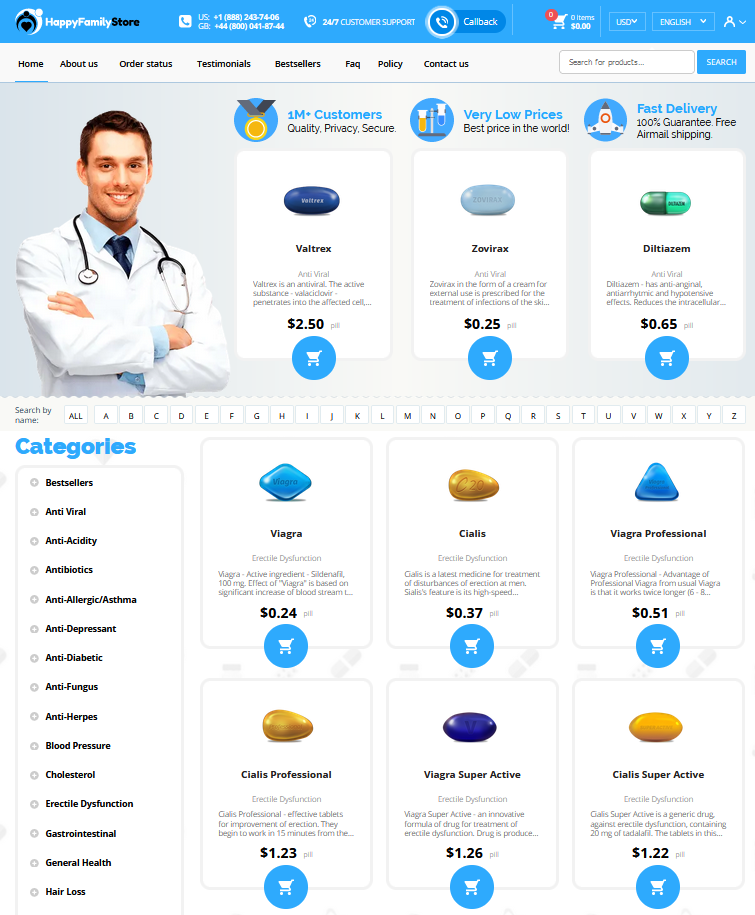 Finasteride for Women: Is It Safe and Effective?
Finasteride for Women: Is It Safe and Effective?
Understanding Finasteride: a Brief Overview
Finasteride, originally developed to treat male-pattern baldness and prostate enlargement, has garnered interest for its potential benefits in women experiencing hair loss. This synthetic compound mainly works by inhibiting the enzyme 5-alpha-reductase, which plays a crucial role in converting testosterone to dihydrotestosterone (DHT). Elevated levels of DHT are often linked to hair thinning and loss, making finasteride an important player in addressing these issues. While traditionally used by men, some recent studies and anecdotal evidence suggest it may also benefit females. As we delve deeper into finasteride's application for women, understanding its mechanism becomes essential for assessing its full potential.
| Term | Definition |
|---|---|
| Finasteride | A drug used for addressing hair loss and enlarged prostate. |
| 5-alpha-reductase | An enzyme converting testosterone to DHT. |
| DHT | A hormone linked to hair loss in some individuals. |
How Finasteride Works in Treating Hair Loss

Finasteride operates by inhibiting the enzyme 5-alpha-reductase, which plays a crucial role in the conversion of testosterone to dihydrotestosterone (DHT). Elevated levels of DHT have been implicated in hair follicle miniaturization, a process pivotal in hair thinning and loss. By reducing DHT production, finasteride helps to slow or even reverse this miniaturization, allowing for the maintenance of existing hair and possible regrowth.
The medication's interaction with hormonal pathways makes it a targeted solution for androgenetic alopecia, a common type of hair loss. Its precise mechanism addresses the underlying cause rather than merely masking symptoms, providing an effective tool in hair preservation and restoration strategies.
The Science Behind Finasteride's Effectiveness in Women
Emerging research into the role of finasteride in women's hair health has been intriguing. Traditionally used in men, this medication inhibits the enzyme responsible for converting testosterone to dihydrotestosterone (DHT), a hormone linked to hair loss. By reducing DHT levels, finasteride may help arrest hair thinning and promote regrowth in women suffering from androgenetic alopecia, a condition characterized by patterned hair loss.
Clinical studies have begun to shed light on its potential benefits in women, although the results are varied. Some women experience noticeable improvement in hair density and thickness. However, further research is essential to fully understand the nuances of finasteride's impact on female hair restoration.
Potential Benefits of Finasteride for Female Users

Women seeking hair restoration often explore an array of treatments, with finasteride emerging as a noteworthy contender. Originally prescribed for men, finasteride has been found to aid women, particularly those with androgenetic alopecia. By inhibiting the conversion of testosterone to dihydrotestosterone (DHT), the hormone linked to hair loss, finasteride can help maintain and increase scalp hair density. Reports indicate that women using finasteride experience not only cosmetic improvements but also a boost in confidence and self-esteem. While results vary, many users notice a marked change, with fuller, healthier hair fostering a renewed sense of vitality. As interest grows, finasteride becomes an appealing option for those exploring hair restoration avenues.
Side Effects and Risks Women Should Consider
When considering finasteride for hair loss treatment, women must be aware of potential side effects. While the medication is predominantly used by men, some women opt for it under medical guidance. One noteworthy concern is that finasteride can lead to hormonal changes, affecting menstrual cycles or causing other hormonal imbalances. Additionally, there are concerns about potential birth defects if the drug is used during pregnancy, making it crucial for women to avoid pregnancy when on the medication.
Another aspect to be mindful of is the possibility of altered mood or depression, which has been reported in some cases. Although these psychological effects are not universally experienced, they highlight the importance of monitoring one’s mental health during treatment. Moreover, women might experience sexual side effects including decreased libido, akin to the experience reported by some men.
| Side Effect | Consideration |
|---|---|
| Hormonal Changes | Potential for menstrual and hormonal imbalances |
| Reproductive Risks | Avoid during pregnancy due to birth defect risks |
| Mood Changes | Monitor for depression and altered mental states |
| Sexual Side Effects | Possibility of decreased libido |
Real-life Experiences: Testimonials from Women Using Finasteride
Sarah, a 45-year-old teacher, was initially skeptical about using finasteride for her thinning hair. After reading several studies and consulting her dermatologist, she decided to give it a try. Within six months, Sarah noticed a significant improvement in hair density, which boosted her confidence immensely. She shared her journey on a women's health forum, encouraging others to consider this treatment while emphasizing the importance of professional medical advice.
On the other hand, Emma, a 38-year-old graphic designer, took finasteride after extensive research and dialogue with her healthcare provider. While she observed substantial hair regrowth, she experienced mild headaches and decided to adjust the dosage under supervision. Despite the side effects, Emma felt the benefits far outweighed the drawbacks. She became an active member of an online community, sharing before-and-after photos and participating in discussions about personal experiences with the drug.
Both women highlighted the importance of personalized medical guidance when considering finasteride, underlining that experiences can vary widely. Their testimonials provide a valuable perspective for those contemplating the use of finasteride, contributing to a broader understanding of its potential impact. For more detailed scientific insights, you may refer to sources such as the National Institutes of Health and PubMed Central.
